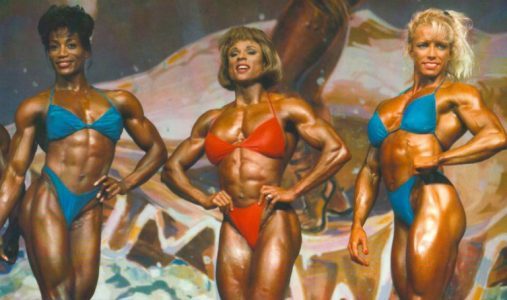Osteoporosis is a bone disease in which bones become brittle and weaken. Through out the human life cycle bones are remolded. From childhood from adulthood bone mass increases, but as humans age it will decrease. Both men and women can get osteoporosis, but it has a more dramatic effect on women. The reasons for this are related to biological sex differences. Sex hormones play a vital role in bone health. There are also other factors that contribute to being at risk. The exact cause of the disease is not known, but there are some attributes of the known about the disease that can treat it.Having some understanding of the skeletal system can contribute to prevention. Humans may be susceptible to osteoporosis, because unlike other primates in the animal kingdom our bones are more porous. Bipedalism came with a price. Walking upright gave humans an advantage in evolutionary history, but meant we would have more back, foot, and skeletal problems. Certain measures can be taken to prevent osteoporosis. This is very important for women considering they live longer. Bone health becomes more critical as people reach advanced age.
The human skeleton is composed of 206 bones. Along with the muscles, they contribute to the locomotion of the body. Muscles contract moving bones. The bones store calcium an element required for muscle contraction as well. Bone marrow produces red and white blood cells. It also has the function of producing the platelets. Bones are placed in different categories. Cortical bones include leg and arm bones that can hold and support weight. Compact bones such as the skull and hip are stacked for fortitude. Trabecular bones which are the vertebrae of the spine act a network pathway for nerves of the body. ligaments attach bones to other bones and are flexible in structure. Cartilage is another type of tissue present in the skeletal system providing support to joints. Men and women have the same bones, but there are structural differences. Men have denser bones and broader shoulders. Women have wider hips and less bone total bone mass. This also explains why on average men are stronger. Muscle fibers need skeletal support for motion and the bone mass contributes to total body force. Between the ages 1 to 13 bone mass and muscle composition is equal among boys and girls. When puberty occurs, testosterone causes muscular hypertrophy and a increase in bone mass in boys. Skeletal mass continues to increase in both sexes between the ages of 20 to 30. The rate of bone formation is greater in youth. Around the ages 40 to 50 their is an equal rate of bone breakdown. Formation does not occur at the same rate at the time of youth. Bone mass will decrease due to a higher rate of reabsorption.
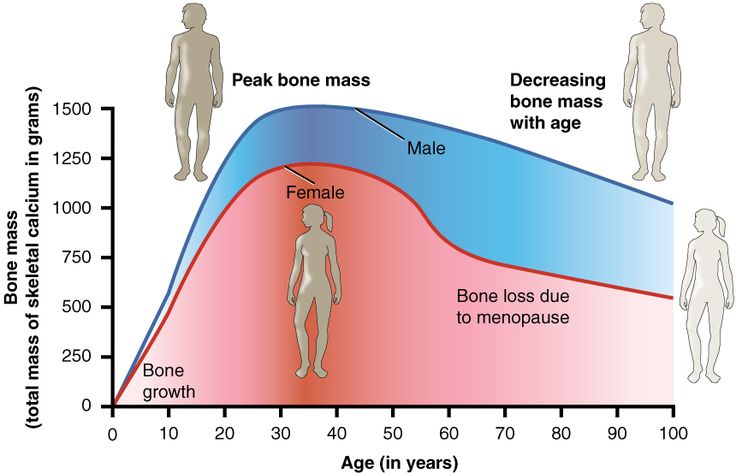
The formation rate cannot keep up with the loss that is occurring with age. The reason for the disparity is that men have a larger amount of bone mass. Men can lose up to 25 % of their bone mass while women can lose 35%. The skeletal system just like other organ systems can develop health issues.
Endocrinology explains the reason for women’s higher rate of osteoporosis. Sex hormones promote bone strength through out life. When testosterone and estrogen levels decline problems arise. Men’s testosterone levels decline slower and by age 65 drop significantly. Women’s estrogen levels start to decline as early as age 45. This means women are at greater risk for fractures in the cortical bones, pelvis, and hip vertebrae. This is a disease that happens when people age, which explains why it is rare to see younger people with it. Children still need regular exercise to build up as much bone mass as possible to prevent this disease.Even though men are at a lower risk, it is still something to be conscious of. It is possible for menopause to cause some level of bone loss.After menopause resorption occurs faster than bone production. Women can experience this with early menopause or infrequent menstrual periods. It can also happen if women’s estrogen levels get extremely low.
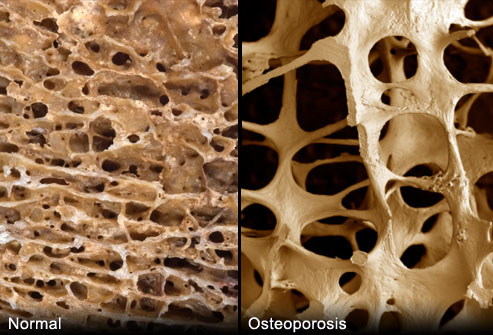
Hormone replacement therapy has been recommended for women who have less than average bone mass , early menopause, or a genetic history of the disease in their family. Hormone replacement therapy has risks of its own and that is why prevention is normally favored.
There are methods that can be utilized to prevent osteoporosis. Getting adequate calcium in your diet can help. The U.S. National Institutes of Health recommends 1,500 mg during puberty The amount for adults is projected at 1000 mg. Past the age of 65 the intake should be about 1,500 mg. Vitamin D is also an essential part of bone health. Sunlight is important to this process, because it synthesizes a precursor to vitamin D. Calcium is important to a person’s diet and can be found in dairy products. People who have lactose intolerance consuming leafy green vegetables , broccoli, and salmon. These foods contain high amounts of calcium and aid in other nutritional needs. Yogurt or cheese can be an option if digesting milk is too much of an issue. Lactose free dairy products are also available as an option.
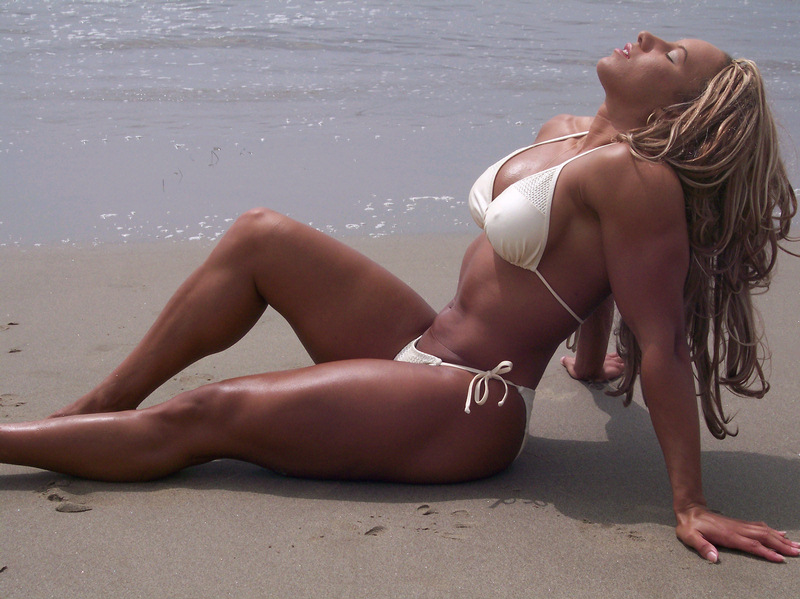
People who live in the global North and experience long overcast winters should be conscious of their vitamin D levels. Milk ( low fat ) and cereal contain vitamin D, which can make up for the lack of sunlight. Other supplements and medicines are more helpful. Diet is important, but exercise is also required as a prevention measure. Moderate activity can build bone mass. Inactivity causes problems for the body. Inactive individuals who are confined to bed can lose up to 25 times more bone mass compared to active people. The body is designed for physical work and use. Not using it causes decline. Muscles atrophy if not used or exercised. The skeleton which is just as pivotal will also struggle to perform formation of new bone. When people reach adulthood the skeleton will constantly be broken down by osteoclasts and rebuilt by osteocytes. Old bone matter is replaced by new bone through a remodeling.

The exercises that promote optimum bone health are weightlifting, walking, or jogging. lifting weights does not only build muscles it can reinforce bone. Being active in youth can prevent bone mass decrease. Doing this also provides other health benefits. It can manage weight and maintain a healthy circulatory system. To understand the nature of how delicate the skeletal system is, the bone growth process needs to be examined. A majority of bones are made of cartilage during the prenatal development. The cartilage structures are formed into bones by calcium salts stored in a matrix. Osteoblasts are the cells responsible for bone formation. This causes endochondral ossification, which means replacement bone will be formed in the body. The rate of growth is controlled by sex hormones and growth hormones. Growth plates are located between the primary ossification center and each secondary center area. These centers at one point will fuse and the skeleton will reach full growth.
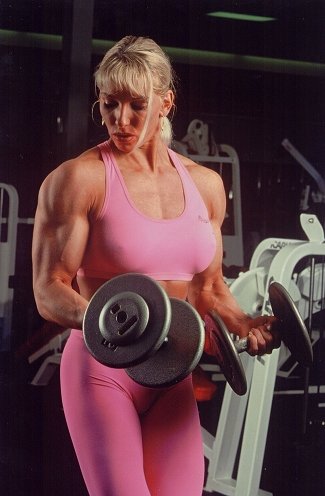

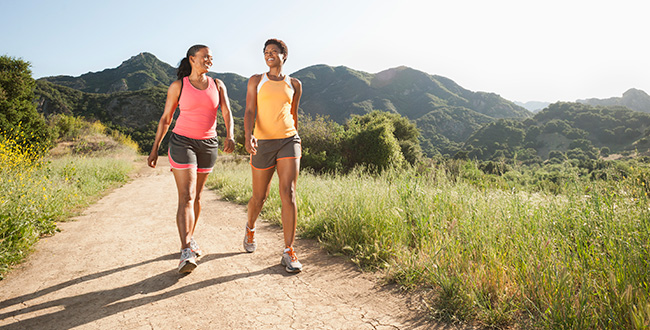
Osteoclasts deposit calcium in the blood. Their role in maintaining calcium levels contributes to the homeostasis of the skeletal organ system. Osteoblasts must replace the retired cells. They take calcium from the blood to form new bone matter. The cells get caught in the matrix and form osteocytes. The human body is a hard working organic machine.
Although osteoporosis can strike many individuals, certain groups are at risk. Individuals who have a slender body type are at risk. The ectomorphic body types are ones that contain low levels of bone mass. Having less body mass means the skeleton can be weakened more from the disease. Fractures are a major concern for people with osteoporosis. For thin boned people it could be more devastating.People erroneously associate thinness with health, but that in this case is not truthful. Being white or Asian can mean that getting the disease is more likely. This does not mean every person of that race will get it. The likelihood just increases due to genetic traits among these groups. Family history plays a role in the risk factors for osteoporosis. Genes allow you to inherit various traits and this can apply to predisposition to certain diseases.

oddly enough being a smoker can also contribute to increased risk factors. It is well known that smoking can cause harm to the lungs and respiratory system, but it has the ability to increase the chances for osteoporosis. Alcohol and high caffeine consumption can also be risk factors. Smoking and drinking do not only harm one organ system; many can be effected by excess consumption. Alcohol can damage the liver and effect the health of your skeleton later in life. Taking note of these risk factors can allow individuals to control their biomedical condition.
Measuring bone density is a method of detecting if osteoporosis is present. One method is the dual energy X-ray absorptiometry. Bone density is measured by the amount of photons absorbed by the bone from an X-ray tube. Blood and urine tests are conducted to examine the biochemical nature of the subjects bone. If a marker appears that indicates the bones are too thin a physician will recommend treatment. Hormone therapy is one suggested treatment. The use of black cohosh or phytoestrogen, which is estrogen produced by a plant. Calcitonin can be utilized, which can inhibit the osteoclasts. Preventing the osteoclasts from breaking down too much bone and allow for more to be restored. Alendronate therapy acts in a similar fashion. It attempts to build bone to prevent further fractures. Three years of this treatment has shown that spinal density can increase about 8% and hip density about 7%. These are older treatments and biomedical science continues to advance rapidly. Knowing the nature of the skeleton and its disease can stop possible health issues.
Further Reading
Mader, Syvia. Biology. New York: McGraw Hill, 2007.
“Menopause & Osteoporosis.” Cleveland Clinic. N.p., 8 Aug. 2015. Web. 5 May 2016. <http://my.clevelandclinic.org/health/diseases_conditions/hic-what-is-perimenopause-menopause-postmenopause/hic_Menopause_and_Osteoporosis>.
